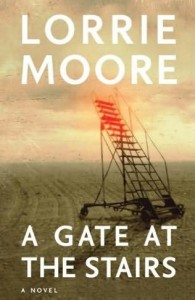 This weekend N & I were in Oak Island, N.C., where my sister got married. I did the ceremony. You may as well prepare for a long post on all this. It was, maybe, a once-in-a-lifetime event: getting to the write the words that people listen to while they watch a couple ceremonially join their lives. People seemed to like what I came up with, and it was fun standing there and being in charge and just feeling only happiness when they kissed right in front of me, and then it was over.
This weekend N & I were in Oak Island, N.C., where my sister got married. I did the ceremony. You may as well prepare for a long post on all this. It was, maybe, a once-in-a-lifetime event: getting to the write the words that people listen to while they watch a couple ceremonially join their lives. People seemed to like what I came up with, and it was fun standing there and being in charge and just feeling only happiness when they kissed right in front of me, and then it was over.
Good food at the restaurant, which was right on the water and reserved, the whole place, just for all of us. The centerpieces consisted of orange candles and sand set in glass vases and were, anyone could tell, a little unfortunate. The tops of the candles extended beyond the rims of the vases. They looked awkward, like a kid in clothes he’s well outgrown. The colors on the cake ran and the edible shells melted and looked wrong. You could tell they were meant to be shells and many of them were but some weren’t.
I’m not trying to be a dick. I’m just relaying a part of the experience of being at the wedding. I’m doing it wrong, though. Because, I mean, what are the options? When telling a story in whatever yer medium is, how do you render such details? TV gets it all wrong. TV puts stuff like this in shows called BRIDEZILLA and uses careful editing to create post-produced “drama” it couldn’t quite find on camera. On TV, an outsized candle or droopy marshmallow shell is the cause for life-stopping hell to be raised.
For the sake of brevity let’s skip all other media and go right to fiction. Even here you’ve got lots of options. The candle and the cake could be symbols for whatever theme on the state of things in the world yer trying to develop. They could be set dressing, rendered through a jack-knifed assembly of words no one has quite seen before—artful, stylized, “languagey”. But it feels a lot of times to me like a kind of lie to do either of these, because the fact of the candle, if it is a fact, is that it was fine, in the end. I mean, yeah, it was higher than the vase, but the sand inside was taken right from the very beach where the couple was wed, which made guests’ getting to take these centerpieces home all the more nice. Plus there was a ribbon tied plainly but attractively around the widest part of the vase. The misfortune of the candle was something anyone could notice and that everyone would forget about moments later.
Isn’t this, then, the effect one should go for in writing? Noticing and then forgetting? Being able to remember if you need to but not being forced to remember against your will?
The cake, well all I can say about it is that it was by needs gluten-free and tasted way better than the gluten-rich cake the restaurant provided for those unheedful of wheat in their diets.
I asked my sister whether she was upset and she seemed not to care too much. And then I kept looking for that part of her that was covering up the fact that this small part of her big day had been ruined, but I never found it. It wasn’t there. It wasn’t a big deal. There was so much else worth everyone’s concern.
Continue reading Lorrie Moore’s A Gate at the Stairs and the Successes of Realist Fiction
 Walls’s book is a memoir about her nomadic childhood with well-meaning but narcissistic parents. At one house in gold-mining country they live with many stray animals, including an injured buzzard her father brought home one day. His name was Buster. Just before the moment in question, young Jeanette has encouraged her father to drive the car as fast as possible on the highway, causing it to overheat and break down.
Walls’s book is a memoir about her nomadic childhood with well-meaning but narcissistic parents. At one house in gold-mining country they live with many stray animals, including an injured buzzard her father brought home one day. His name was Buster. Just before the moment in question, young Jeanette has encouraged her father to drive the car as fast as possible on the highway, causing it to overheat and break down.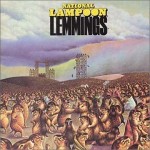


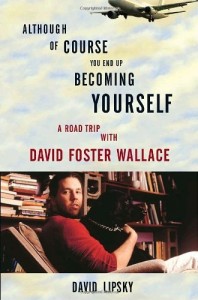







 C.B.’s own bad example of superimposing the past on the present was bad, he said, because it didn’t involve any kind of superimposition at all, merely an interjection. A “flash back” if you will:
C.B.’s own bad example of superimposing the past on the present was bad, he said, because it didn’t involve any kind of superimposition at all, merely an interjection. A “flash back” if you will: Has anyone seen the new Miller High Life ad campaign? Well: “new”. The one where some distributor/deliveryman wiseacre crashes upper-crust fetes at the horse track and I think a yacht? and kidnaps their untouched cases of Miller High Life to then redistribute / -deliver said cases to “common sense” folk?
Has anyone seen the new Miller High Life ad campaign? Well: “new”. The one where some distributor/deliveryman wiseacre crashes upper-crust fetes at the horse track and I think a yacht? and kidnaps their untouched cases of Miller High Life to then redistribute / -deliver said cases to “common sense” folk?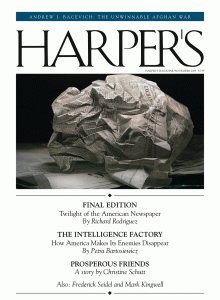 It’s in the Nov 09 Harper’s (pictured, right). The pizzicato paragraph structure, the prose itself, the density of its Bay Area history. It’s incredible:
It’s in the Nov 09 Harper’s (pictured, right). The pizzicato paragraph structure, the prose itself, the density of its Bay Area history. It’s incredible: Does anyone remember how the original U.K. Office came to lead TV comedy in new directions through the force of its genius and novelty? And then the U.S. Office surprised everyone by actually being good through the strength of its performances and the idiosyncrasies of its secondary characters?*
Does anyone remember how the original U.K. Office came to lead TV comedy in new directions through the force of its genius and novelty? And then the U.S. Office surprised everyone by actually being good through the strength of its performances and the idiosyncrasies of its secondary characters?*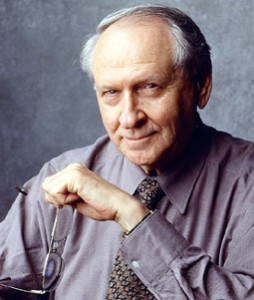 Did anyone catch the Magazine’s
Did anyone catch the Magazine’s  This weekend N & I were in Oak Island, N.C., where my sister got married. I did the ceremony. You may as well prepare for a long post on all this. It was, maybe, a once-in-a-lifetime event: getting to the write the words that people listen to while they watch a couple ceremonially join their lives. People seemed to like what I came up with, and it was fun standing there and being in charge and just feeling only happiness when they kissed right in front of me, and then it was over.
This weekend N & I were in Oak Island, N.C., where my sister got married. I did the ceremony. You may as well prepare for a long post on all this. It was, maybe, a once-in-a-lifetime event: getting to the write the words that people listen to while they watch a couple ceremonially join their lives. People seemed to like what I came up with, and it was fun standing there and being in charge and just feeling only happiness when they kissed right in front of me, and then it was over.